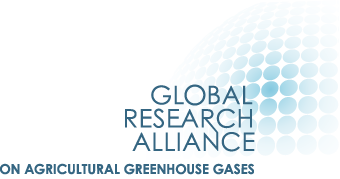Keywords: QA/QC
Norway’s inventory uses a range of methods to ensure quality assurance (QA) and quality control (QC). These include:
Check that assumptions and criteria for the selection of activity data and emissions factors are documented: Thorough checks of emission factors and activity data and their documentation are performed for all emission sources.
Check for transcription errors in data input and references: Activity data are often statistical data. Official statistical data undergo a systematic revision process, which may be manual or, increasingly frequently, computerized. The revision significantly reduces the number of errors in the statistics used as input to the inventory. All input data (reported emissions, emission factors and activity data) for the latest inventory year are routinely compared to those of the previous inventory year, using automated procedures. Large changes are automatically flagged for further, manual QC.
Check that emissions are calculated correctly: When possible, estimates based on different methodologies are compared.
Check that parameter and emission units are correctly recorded and that appropriate conversion factors are used: All parameter values are compared with values used in previous years and with any preliminary figures available. Whenever large deviations are detected, the value of the parameter in question is first checked for typing errors or unit errors. If necessary, the primary data suppliers are contacted for explanations and possible corrections.
Check the integrity of database files: Control checks of whether appropriate data processing steps and data relationships are correctly represented are made for each step of the process. It is verified that data fields are properly labelled, have correct design specifications and that adequate documentation of database and model structure and operation are archived.
Check for consistency in data between source categories: Activity data and other parameters that are common to several source categories should be evaluated for consistency, e.g. activity data used for enteric fermentation, methane and nitrous oxide manure management emissions.
Check that the movement for inventory data among processing steps is correct: Statistics Norway has established automated procedures to check that inventory data fed into the model does not deviate too much from the estimates for earlier years, and that the calculations within the model are correctly made. Checks are also made that emissions data are correctly transcribed between different intermediate products. The model is constructed so that it gives error messages if factors are lacking, which makes it quite robust to miscalculations.
Undertake review of internal documentation: For some sources, expert judgements dating some years back are used with regard to activity data/emission factors. In most of the cases these judgements have not been reviewed since then, and may not be properly documented, which may be a weakness of the inventory. The procedures have improved the last few years, and the requirements for internal documentation to support estimates are now quite strict; all expert judgements and assumptions made by the Statistics Norway staff should be documented.
Check of changes due to recalculations: Emission time series are recalculated every year to ensure time series consistency. The recalculated emission data for a year are compared with the corresponding estimates from the year before.
Undertake completeness checks: Estimates are reported for all source categories and for all years to the best of our knowledge. During the implementation of the 2006 IPCC Guidelines, a systematic evaluation of all potential new sources was performed.
Compare estimates to previous estimates: Internal checks of time series for all emission sources are performed every year when an emission calculation for a new year is implemented. It is examined whether any detected inconsistencies are due to data and/or methodology changes.
Author: Andreas Wilkes, Values for development Ltd (2019)

